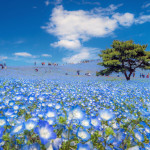
One of my favorite photo competition, The National Geographic Travel Photographer of the Year Contest is now well underway, and boy, do they have some spectacular nature entries. Photographers, you still have time to enter, images will be accepted until the end of the month, May 27. As they state, “Enter your most powerful photos for a chance to become the 2016 National Geographic Travel Photographer of the Year. Show us photos that tell the story of a place or reveal insights about what inspires you when you travel.” The grand prize winner gets to go on an amazing adventure, a seven-day Polar Bear Safari for two in Churchill, Canada. The contest has three general categories: Nature, Cities and People. Courtesy of National Geographic, enjoy these stunning entries under Nature.
Above: Spring in Japan. People love to walk in this blue carpet flowers (Nemophila blue flowers) at Hitachi seaside park in Ibaraki.
Danilo Dungo/National Geographic Travel Photographer of the Year Contest
This image was captured very early in the morning after climbing Yellow Mountain at 3 a.m. and waiting for few hours in the cold and wind at -4 degrees.
Thierry Bornier/National Geographic Travel Photographer of the Year Contest
This kookaburra has the perfect view of Sydney Harbour and the bridge in the background. This is quintessential Sydney and Australia.
Rune Svendsen/National Geographic Travel Photographer of the Year Contest
Cherry blossoms like a Japanese painting. The smoke of the bonfire of old paper charms has brought a fantastic effect.
Katsuyoshi Nakahara/National Geographic Travel Photographer of the Year Contest
Terraces Village in the Mist. Captured this image early morning waiting for one week until I get the right mood of light and fog. Location: Guizhou, China.
Thierry Bornier /National Geographic Travel Photographer of the Year Contest
A cold night on the top of this hill in Lapland, near the Russian border waiting for the dancing lights in the sky. All around, snow ghost are watching, standstill.
Pierre Destribats/National Geographic Travel Photographer of the Year Contest
Springbok in front of a dune of Namibian desert.
Doris Landertinger/National Geographic Travel Photographer of the Year Contest
This photo is shot shortly after sunrise at mesquite dunes. George Lucas has chosen this location for some scenes of Star Wars. The blue background is not the sky. These are mountains in the distance. Location: Death Valley, California.
Johannes Öhl/National Geographic Travel Photographer of the Year Contest
Last December I sailed to Antarctica on a 54 feet long-haul steel vessel. As we entered the Polar Zone this was one of the first icebergs we saw. Sculpted by the wind and waves, majestic in scale and with a dazzling white colour with layers of deep blue. The sun makes a quick appearance through a hole in the clouds, just in time for this shot.
Massimo Rumi/National Geographic Travel Photographer of the Year Contest
I took this photo in July 2014 at Trollstigen in Norway. Standing there alone in the fog, I was waiting for the view to become clear. And then it happened, the fog disappeared and though it was 1 am already, one car came slowly up the steep serpentines. It was my dream for a long time to take a photo of lighttrails like this in Norway – and it was just an awesome feeling that it worked out on the most beautiful and famous street. A few minutes later the fog returned, even thicker than before.
Christoph Schaarschmidt/National Geographic Travel Photographer of the Year Contest
During a snow storm I decided to head over to Bryce Canyon National Park and enjoy the freshly fallen snow. Visibility was down to almost zero, but then I found this single tree right next to a snow drift and knew this would be my shot.
Yvonne Baur/National Geographic Travel Photographer of the Year Contest
I had heard a lot about how beautiful Uluru should look like when it rains. But I never believed that I would see it with my own eyes because the red center of Australia is a very arid area. That’s one of the reasons why Uluru is such a special place for the Anangu – the local aboriginal clan. If it rains, the water fills up the reservoirs around the rock, the only water source for several kilometers. This makes the Uluru Kata Tjuta National Park to special place for lots of rare animals as well.
Christoph Schaarschmidt/National Geographic Travel Photographer of the Year Contest
Amazing supercell produces over the town of Blackhawk, South Dakota back on June 1st 2015. Flash flooding would occur near Rapid City.
James Smart/National Geographic Travel Photographer of the Year Contest













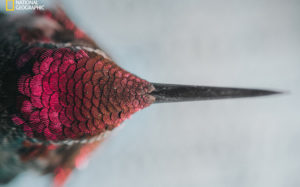
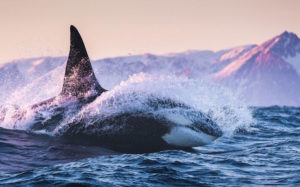
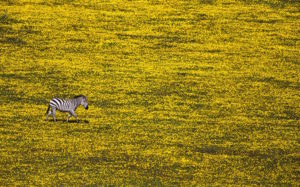


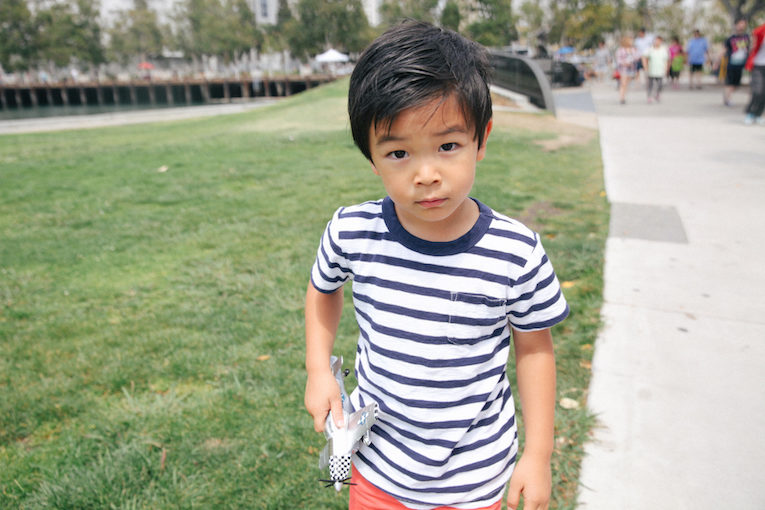
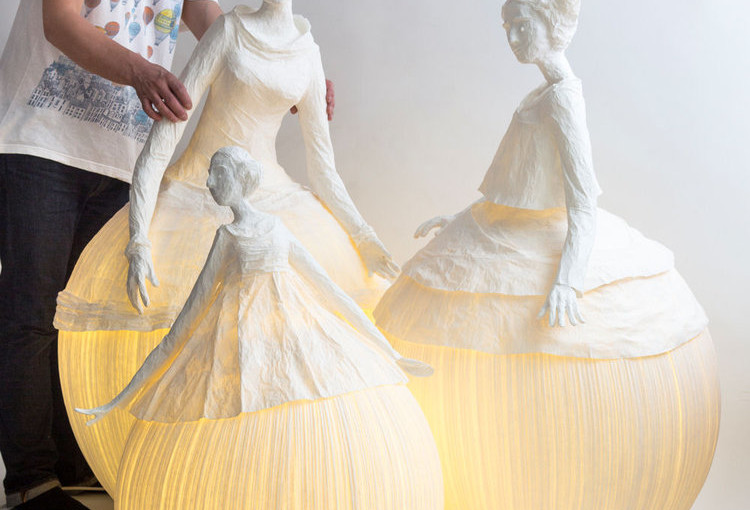
0 comments